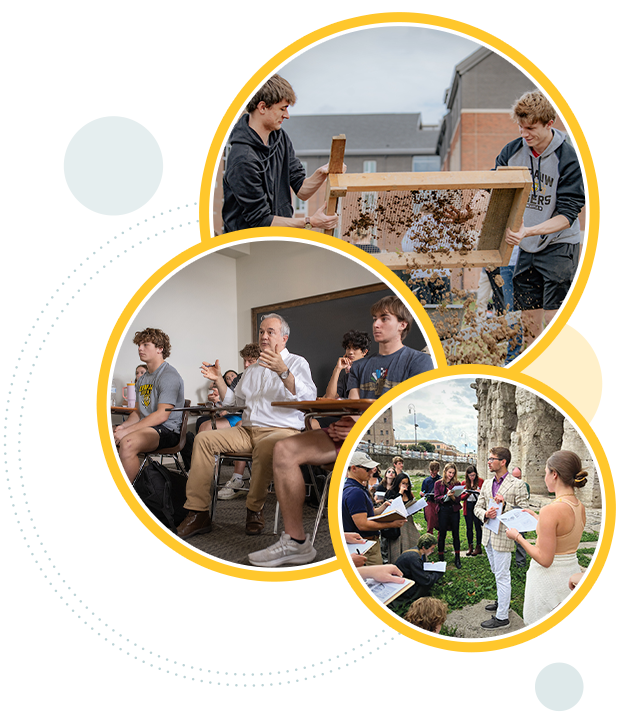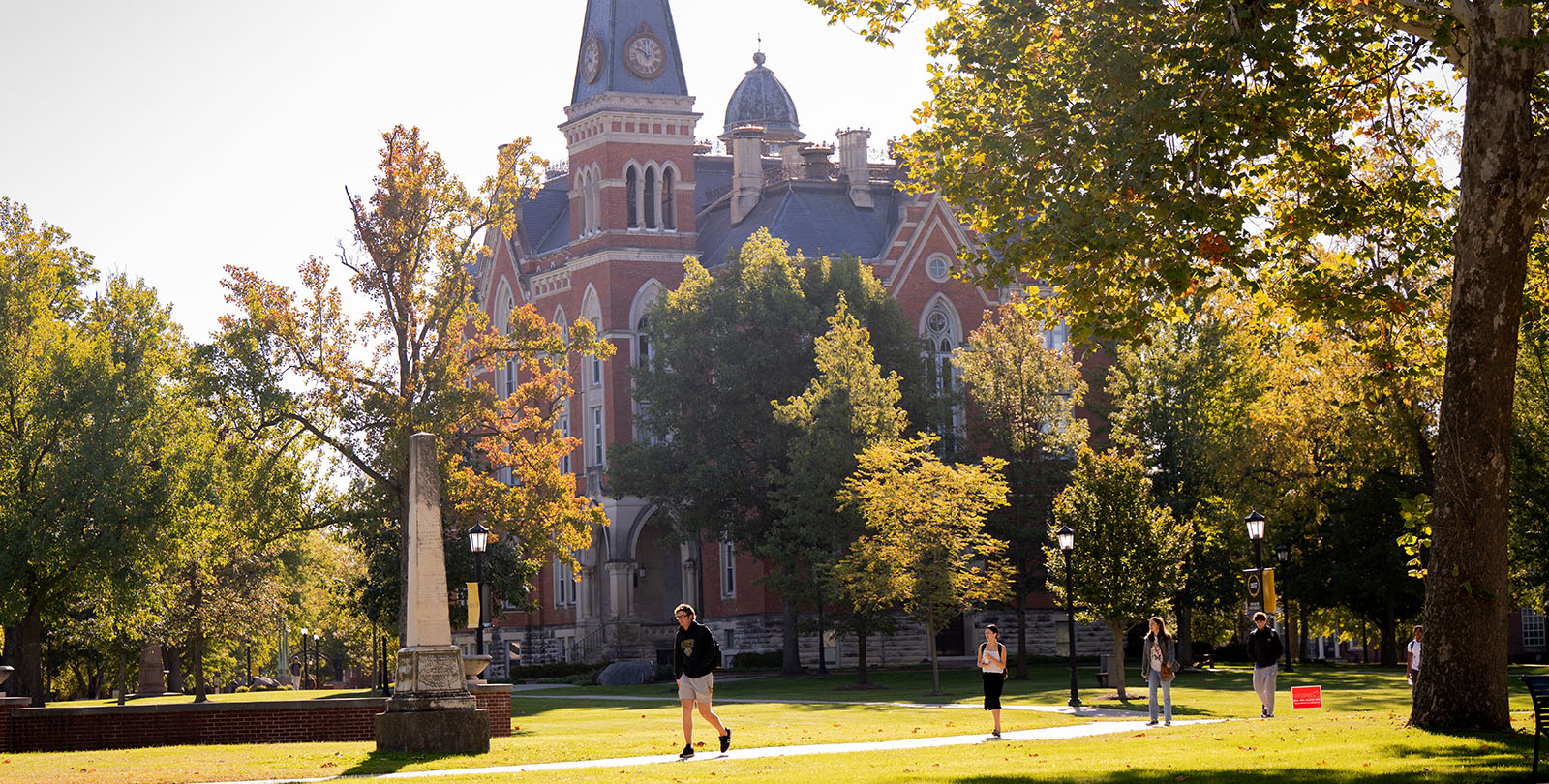Covering 30 percent of the earth’s land surface and accounting for 60 percent of the world’s population, the continent of Asia is rich in historical significance, cultural diversity and economic influence. A degree in Asian studies will not only give you a broad knowledge base about this remarkable continent; it will also introduce you to a tight-knit community of faculty and students united by their shared academic and cultural interests.
The classes offered within this interdisciplinary program include insights from language, history, literature, film, religion, politics, economics and the arts. When paired with numerous hands-on learning opportunities such as a semester abroad or a trip during Winter Term, this course of study is designed to nurture high levels of critical thinking and cross-cultural communication. Whether your ambitions lie in international business, diplomacy, education or something else entirely, Asian studies will instill the vital competencies you need to thrive in today’s increasingly globalized world.
| Major | Degree | School | Format | Course Credits |
|---|---|---|---|---|
| Asian Studies | Undergraduate, B.A. | College of Liberal Arts and Sciences | On Campus | 10 Courses |
Asian Studies
Undergraduate, B.A.
On Campus
10 Courses
| Minor | School | Format | Course Credits |
|---|---|---|---|
| Asian Studies | College of Liberal Arts and Sciences | On Campus | 5 Courses |
Asian Studies
On Campus
5 Courses

Leveraging the resources of the College of Liberal Arts and Sciences, the Asian studies major and minor at DePauw are housed in the Department of Asian Studies. This department prioritizes a broad-ranging knowledge of Asia's many diverse cultures, both past and present.
